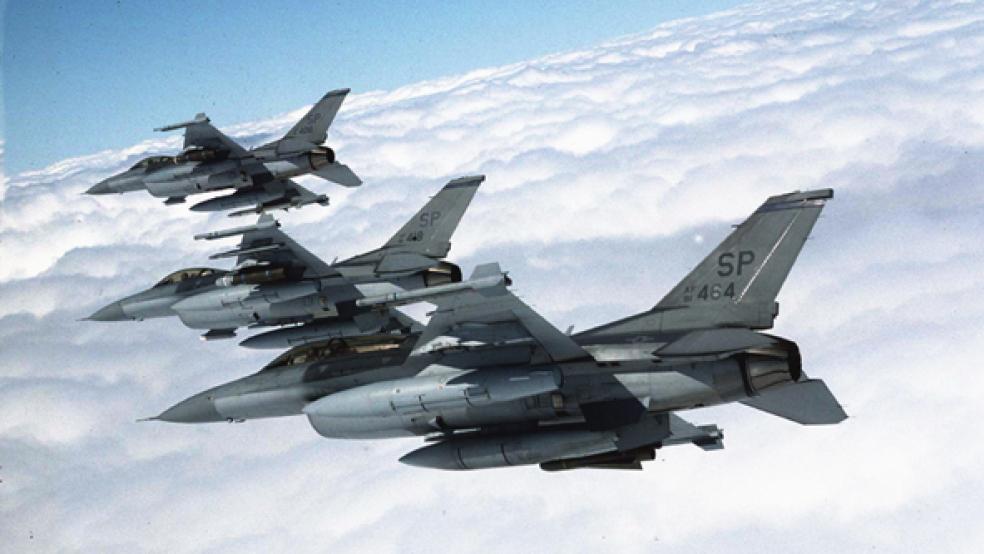The Pentagon is beefing up West Coast missile defenses in response to escalating threats of attack from nuclear-equipped North Korea, Defense Secretary Chuck Hagel announced Friday.

The move counters North Korea’s threat of an unprovoked nuclear attack on the United States, even though the administration says the Stalinist regime is still years away from having the capacity to launch such an assault on the continental United States.
North Korea has made significant improvements in its long-range missile technology, and has successfully launched a missile test in space, making the additional protection a prudent precaution, Hagel said.
Hagel said he will order 14 additional missile interceptors for California and Alaska, a roughly 50 percent increase over the existing number of interceptors. That represents a policy shift for the Obama administration, which had shelved earlier plans to expand the mainland defense system.
RELATED: How the Pentagon Spent $1.6 Billion in a Day
The plans were “dusted off” as North Korea’s capabilities and rhetoric appeared more dangerous, according to a defense official, who spoke on condition of anonymity because he was not authorized to discuss the move.
The current ground-based system, in place since 2004, has 26 interceptors in Alaska and four in California. The missiles are designed to explode the warheads in flight.
Undersecretary of Defense James Miller presaged the decision in a speech Tuesday. He said the United States has the ability to quickly deploy up to 14 additional missile interceptors “if needed.”
“Our policy is to stay ahead of the threat — and to continue to ensure that we are ahead of any potential future Iranian or North Korean ICBM capability,” he said.
Miller pointed to North Korea’s successful satellite launch in December. The launch uses the same technology required to launch an intercontinental ballistic missile.

North Korea also recently conducted a successful third nuclear test. It is assumed to be working to miniaturize warheads so they could be carried aboard missiles, a difficult task that is likely to take several years.
North Korea recently threatened to reduce the South Korean capital, Seoul, to a “sea of fire” and stage pre-emptive nuclear attacks on Washington.
This piece originally appeared in The Washington Post.
Read more at The Washington Post:
CPAC: Romney Expresses Optimism About GOP Future
EPA Likely to Delay Climate Rules for New Power Plants




